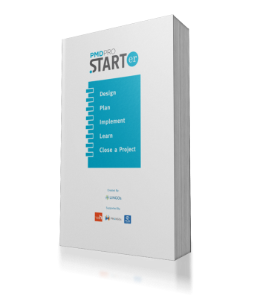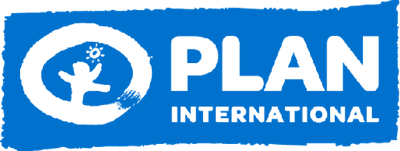Change Control Diagram
I want to implement a project...
by managing how changes to the project plan are made
LEVEL OF INVOLVEMENT: COMPLEX TOOL
This tool will help you change the tolerance parameters of your project.
This tool will help you change the tolerance parameters of your project.
Implement a project by managing how changes to the project are made

WHAT is it?
Change Control is the process that you use to request a change in the level of autonomy that you have in decision-making. This could happen when you are dealing with an issue or when you feel that certain project areas demand a more flexible approach.
A number of project tolerances will have been set during the Design phase by your board, project sponsor or donor(s). You need to change some of these in in order for your project to run more efficiently. Your tool for achieving this is the Change Control process and related decision map.
A number of project tolerances will have been set during the Design phase by your board, project sponsor or donor(s). You need to change some of these in in order for your project to run more efficiently. Your tool for achieving this is the Change Control process and related decision map.
HOW do I use it?
Making decisions: When issues arise, the first question that you need to ask is whether decision–making sits with you or higher up. If you feel that the authority for this should sit with you, or you need a bit more flexibility on a project, then the tolerance levels on your project may need to change.
Amira, the UNITAS project manager, needs more time to mobilize community volunteers responsible for an outreach program to reduce the impact of waterborne illness. This is necessary work, but it means that the completion date of the project will need to shift. The tolerances defined for Amira at the outset of the project are rigid and she knows that the project would run more smoothly if more decision-making sat with her. She asks her project board to relax some of the tolerances, and after a risk assessment, they agree.
There are lots of reasons why you may want a bit more flexibility to make decisions. Perhaps you need a bit more wiggle room in budget parameters so that you accept slightly higher or lower costs, or, like Amira, a longer timeframe for activities. Other areas where flexibility is tolerated could also be scope (an agreed variation from a product variation), risk (a benchmark for which risks need to be escalated to your project board), quality (ranges that define acceptable performance of a product), and benefits (ranges of acceptable performance of project outcomes).
Amira checks whether the contract with the donor allows her to extend the length of the project. If it does, she needs to consult and assess whether this decision will negatively impact other project areas. The project sponsor then needs to agree the change to the contract. Amira then updates her project plan (Gantt Chart), ensures that everyone knows what is happening, and implements the change.
Amira, the UNITAS project manager, needs more time to mobilize community volunteers responsible for an outreach program to reduce the impact of waterborne illness. This is necessary work, but it means that the completion date of the project will need to shift. The tolerances defined for Amira at the outset of the project are rigid and she knows that the project would run more smoothly if more decision-making sat with her. She asks her project board to relax some of the tolerances, and after a risk assessment, they agree.
There are lots of reasons why you may want a bit more flexibility to make decisions. Perhaps you need a bit more wiggle room in budget parameters so that you accept slightly higher or lower costs, or, like Amira, a longer timeframe for activities. Other areas where flexibility is tolerated could also be scope (an agreed variation from a product variation), risk (a benchmark for which risks need to be escalated to your project board), quality (ranges that define acceptable performance of a product), and benefits (ranges of acceptable performance of project outcomes).
Amira checks whether the contract with the donor allows her to extend the length of the project. If it does, she needs to consult and assess whether this decision will negatively impact other project areas. The project sponsor then needs to agree the change to the contract. Amira then updates her project plan (Gantt Chart), ensures that everyone knows what is happening, and implements the change.
WHEN do I use it?
Your need to change project tolerances can happen any point in project implementation.
Who is involved?
If at any point during the monitoring of the project you suspect that a tolerance is being exceeded, you should consult your governance body.
Tips:
The ability to change your projects tolerance parameters is extremely important for your projects success. Make sure to frequently revisit your initial goals and objectives to see if your project is on track.
Additional Resources
Download the additional resources and the Project DPro (PMD Pro) Pocket Guide

Supported & Developed by:
Shared by:
Users are free to copy/redistribute and adapt/transform
for non-commercial purposes.
© 2022 All rights reserved.




